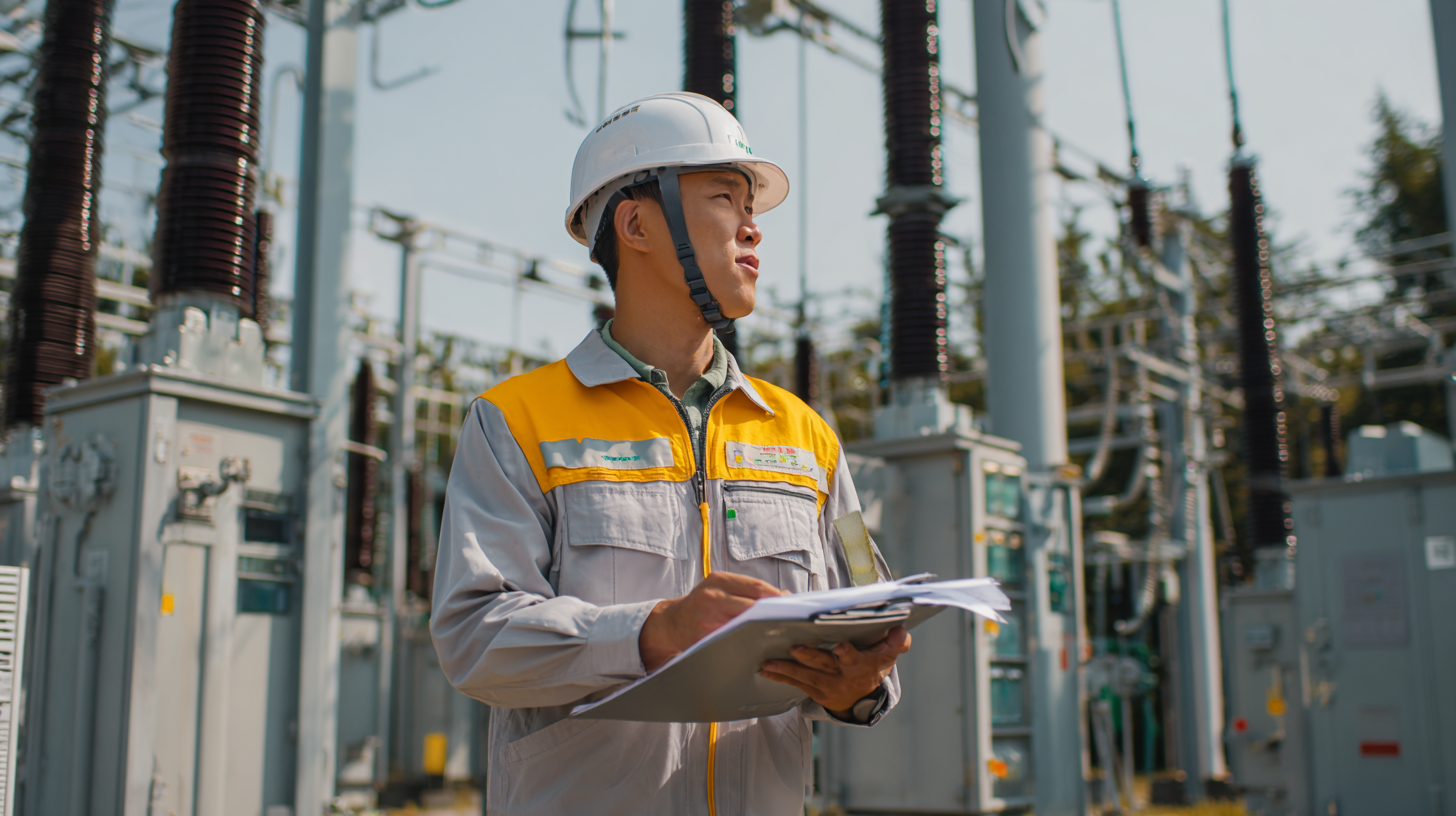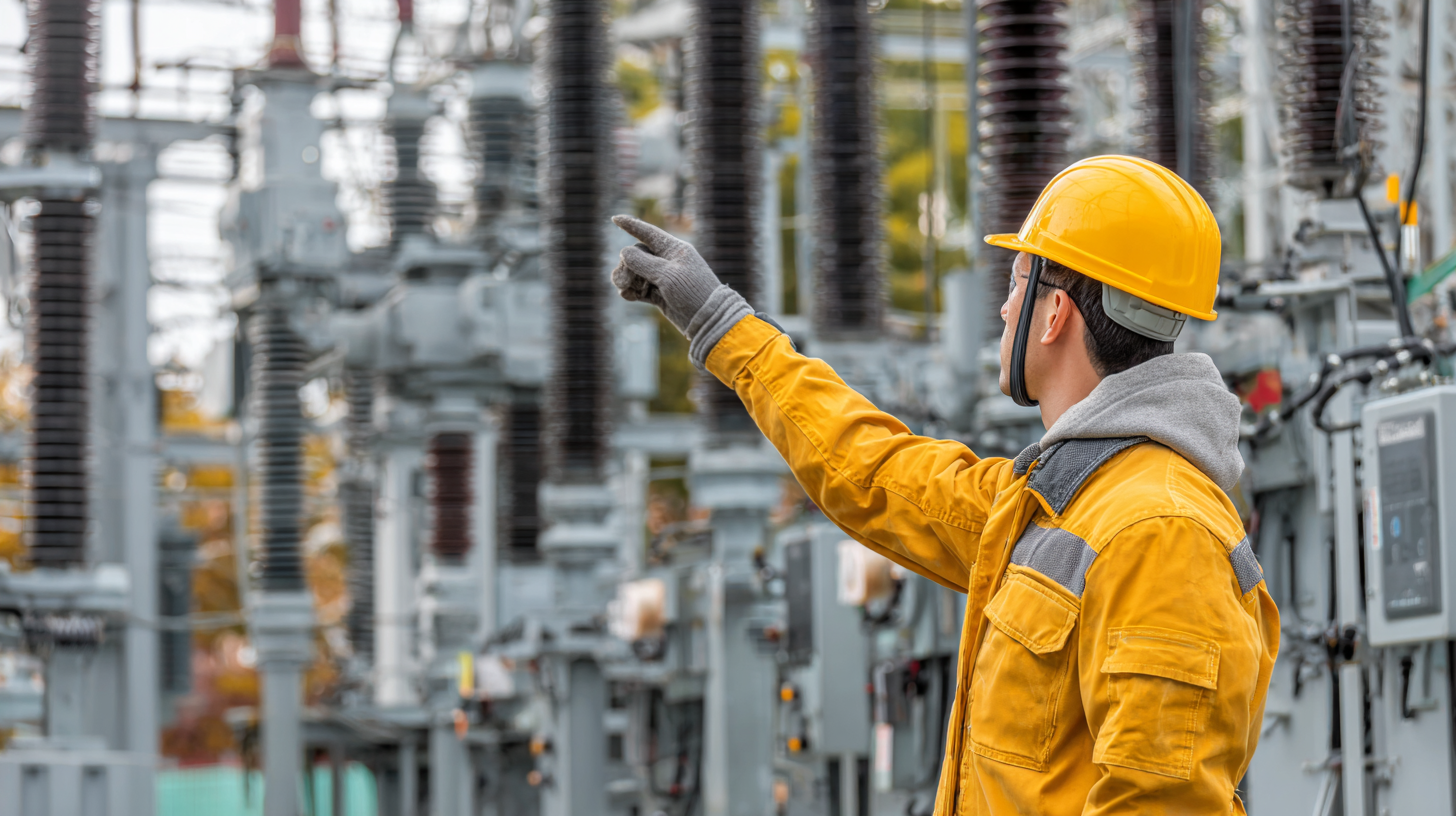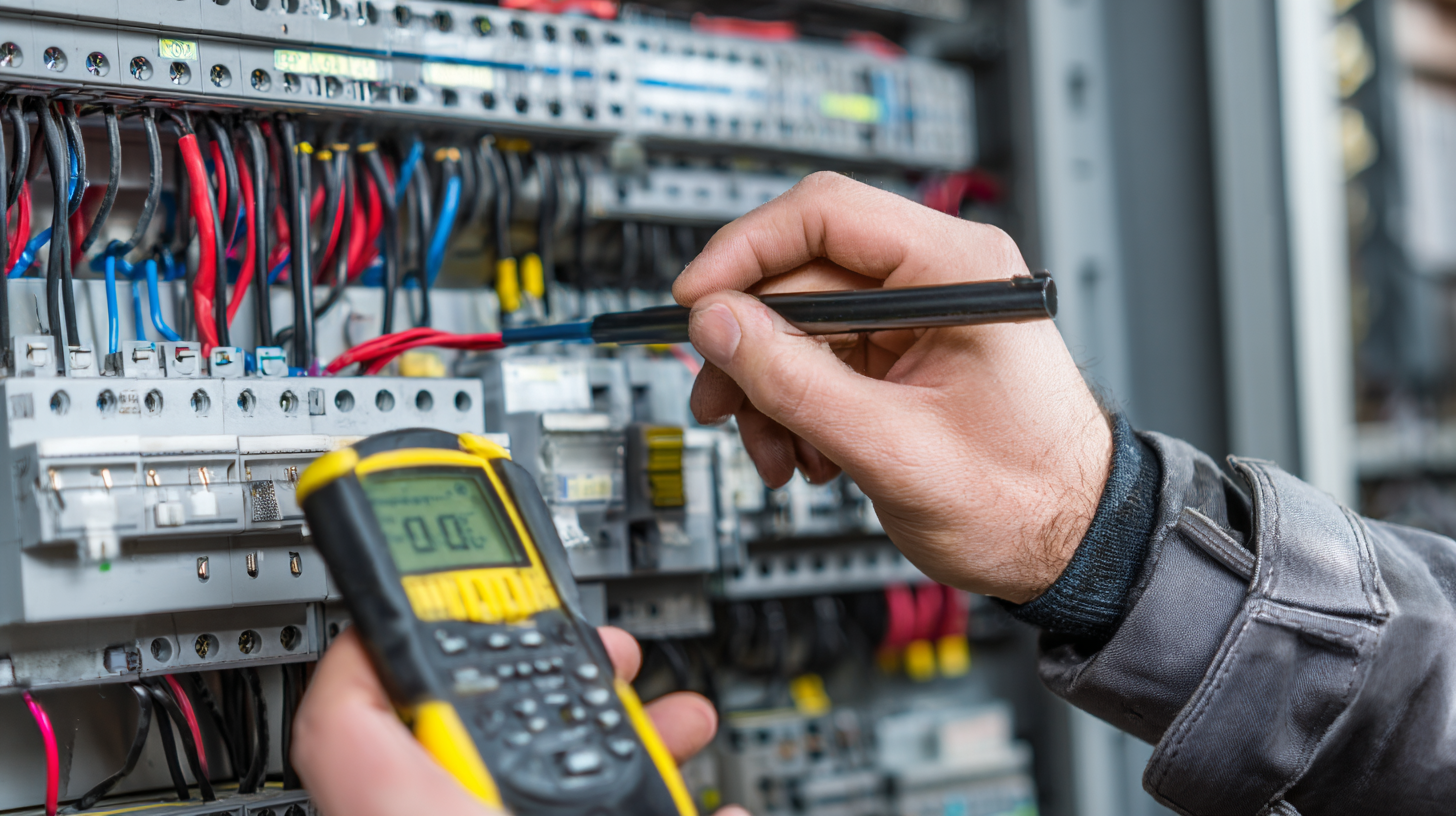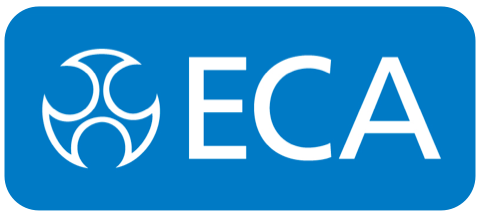- Home
- News
Understanding Optimal Visual Inspections for Electrical Equipment Maintenance
In the realm of electrical equipment maintenance, the efficacy of Visual Checks On Electrical Equipment cannot be understated. According to a report by the Electrical Safety Foundation International, nearly 30% of electrical failures can be attributed to poor maintenance practices, underscoring the critical need for effective inspection strategies. Visual inspections serve as a frontline defense against equipment malfunction and safety hazards, allowing for the early identification of potential issues such as wear, corrosion, and thermal damage. Furthermore, the National Fire Protection Association notes that proper maintenance, including routine visual checks, can significantly reduce the risk of electrical fires. As industries increasingly turn to advanced techniques and technologies for equipment maintenance, understanding the optimal methodologies for visual inspections becomes essential. This blog will explore various alternatives to enhance the effectiveness of visual checks, ensuring that electrical systems remain safe and reliable.

Importance of Visual Inspections in Electrical Equipment Maintenance
Visual inspections play a crucial role in the maintenance of electrical equipment, as they serve as the first line of defense against potential failures. These inspections allow technicians to identify any visible signs of wear and tear, corrosion, overheating, or loose connections. By regularly examining the condition of electrical components, maintenance teams can catch issues before they escalate into more significant problems, ultimately prolonging the equipment's lifespan and ensuring operational reliability.
The importance of visual inspections extends beyond mere detection; they are instrumental in informing maintenance strategies and prioritizing repairs. When technicians perform visual checks, they gather valuable insights that can guide future maintenance schedules and resource allocation. This proactive approach not only enhances safety but also reduces downtime and maintenance costs. In an industry where equipment reliability is paramount, making visual inspections a routine practice can significantly impact overall performance and efficiency.
Key Techniques for Conducting Effective Visual Inspections
Visual inspections play a critical role in the maintenance of electrical equipment, significantly reducing unplanned downtime and ensuring operational safety. According to a study by the Institute of Electrical and Electronics Engineers (IEEE), routine visual inspections can detect up to 80% of potential failures before they escalate into serious issues. This emphasizes the value of thorough visual assessments in avoiding costly repairs and maintaining system reliability.

To conduct effective visual inspections, technicians should focus on key techniques such as systematic documentation and utilizing advanced inspection tools. One tip is to implement a check-list based approach, ensuring that all critical components are reviewed consistently. Additionally, employing thermal imaging cameras can help identify overheating components, providing an early warning sign of electrical failures. Regular training on inspection techniques can further enhance the effectiveness of visual inspections, instilling a culture of proactive maintenance within the team.
Another essential aspect is timing; performing these inspections during non-operational hours can offer a more comprehensive inspection without the interference of electrical loads. The Electrical Reliability Services report indicates that timely visual inspections can extend the lifespan of electrical equipment by up to 30%, showcasing the long-term benefits of integrating structured visual maintenance practices into everyday operations.
Common Issues Identified During Visual Inspections of Electrical Equipment
Visual inspections play a crucial role in the maintenance of electrical equipment, allowing for the early detection of potential issues before they escalate into serious problems. During these inspections, technicians often encounter various common issues that can jeopardize equipment performance. One of the most frequent concerns is the presence of loose or corroded connections. Over time, vibrations and environmental factors can cause connectors to loosen, leading to inefficient electrical flow or even hazardous short circuits.

Another issue commonly identified during visual inspections is insulation deterioration. Insulation materials can become brittle or develop cracks due to age, heat, or exposure to harsh chemicals. This degradation can increase the risk of electrical failures and safety hazards. Additionally, stains or discoloration on insulation may indicate overheating or moisture ingress, prompting further investigation. By paying attention to these aspects during visual inspections, maintenance teams can not only extend the lifespan of the equipment but also ensure a safer working environment.
Best Practices for Documentation and Follow-up After Inspections
After conducting visual inspections of electrical equipment, meticulous documentation is crucial for maintaining the integrity and safety of the systems. According to a report by the Institute of Electrical and Electronics Engineers (IEEE), proper documentation can reduce equipment failure rates by up to 30%. By accurately recording the findings from inspections, maintenance teams can track the condition of assets over time, identifying trends that may signal potential failures before they occur. This proactive approach not only enhances safety but also optimizes maintenance schedules, minimizing downtime.
Following inspections, timely follow-up actions are equally important. A study from the Electrical Safety Foundation International (ESFI) highlights that 60% of electrical maintenance incidents arise from inadequate follow-up on identified issues. Implementing a structured follow-up process can ensure that any discrepancies noted during inspections are addressed promptly, reducing the risk of accidents and extending the life of electrical equipment. Utilizing a digital tracking system can aid in this process, allowing teams to easily manage tasks and prioritize maintenance based on urgency and impact.
Understanding Optimal Visual Inspections for Electrical Equipment Maintenance - Best Practices for Documentation and Follow-up After Inspections
| Inspection Date | Equipment | Inspector Name | Condition | Follow-Up Actions | Next Inspection Date |
|---|---|---|---|---|---|
| 2023-08-15 | Transformer #1 | John Doe | Good | Routine check, no issues found | 2024-02-15 |
| 2023-09-10 | Circuit Breaker A | Jane Smith | Fair | Replace before next inspection | 2024-03-10 |
| 2023-09-20 | Generator B | Alan Brown | Poor | Immediate service required | 2023-12-20 |
| 2023-10-05 | Panel C | Emily White | Good | No action needed | 2024-04-05 |
The Role of Technology in Enhancing Visual Inspection Processes
The integration of advanced technologies into visual inspection processes for electrical equipment maintenance is revolutionizing how industries operate. With breakthrough spatial reasoning techniques developed by research teams, AI is now capable of "understanding" spatial relationships, enabling more precise assessments during visual inspections. This capability is significant for maintenance, as it allows for more accurate identification of potential faults before they escalate into costly failures.
As the demand for smarter manufacturing grows, the role of machine vision is becoming increasingly prominent in the visual inspection market. The ongoing development of inspection robots and AI-driven systems is set to enhance efficiency and accuracy within maintenance routines. By leveraging these advanced technologies, organizations can ensure not only the reliability of their electrical equipment but also align with the broader trends of Industry 4.0. As these innovations continue to mature, we can expect a marked improvement in operational standards and a significant reduction in maintenance costs across various sectors.
